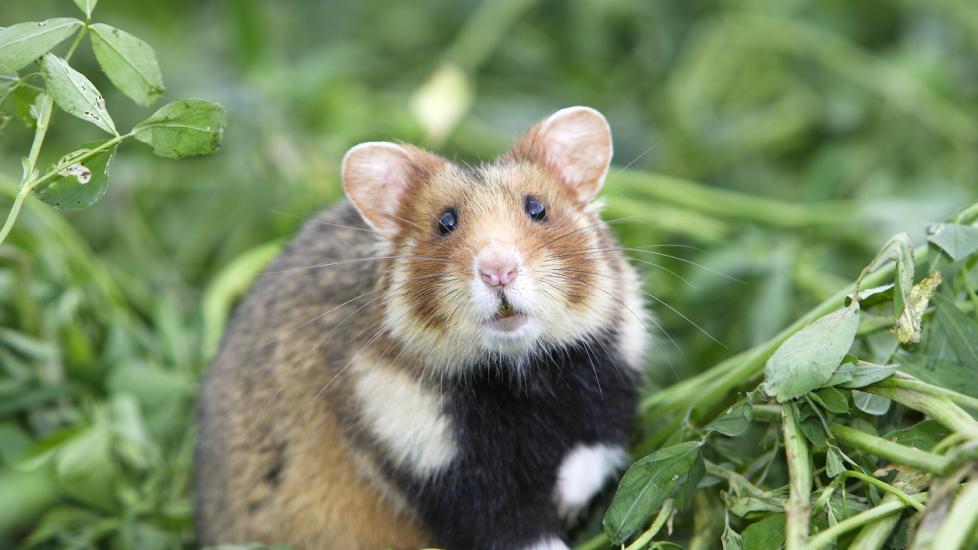Where Do Hamsters Come From?
Hamsters are common household pets that originated in the wild terrain of southeast Europe, Middle East, and Asia. Some are bred for life in captivity, and some are adapted for use in scientific research. Today, there are still populations of wild hamsters around the world, but they are relatively rare.
There are over 24 recognized species of hamsters, but only 5 of these are sold as pets.
Where Do Hamsters Live in the Wild?
One of the rarest hamster species is the Syrian or golden hamster. Native to the deserts of Syria, this species was almost hunted to extinction in the 1920s.
In 1930, however, archaeologist Israel Aharoni found a nest of wild Syrian hamsters in Aleppo, Syria. The mother hamster and her offspring were collected and relocated to a laboratory in Israel. These hamsters interbred successfully, and their offspring were exported to other parts of the world for the pet trade.
Today, wild Syrian hamsters are considered vulnerable to extinction due to their low populations. They are rarely seen in the wild. Only three scientific expeditions have observed this species in the wild, most recently in 1999. Theories as to why hamster numbers have declined include the expansion of agriculture practices and human development into the terrain inhabited by wild hamsters.
The European hamster is another species that’s rare in the world. European hamsters are relatively large hamsters and are aggressive in captivity. They have been known to attack a caged ferret and eat their offspring. Their original habitat included fields, forests, and woodlands, but they are now moving into cities to find food and shelter.
European hamsters are the fastest declining mammal in population and are now absent from 75% of their European habitat. Researchers believe this may be due partly to the conversion of their woodland and prairie habitats to corn fields. Lab studies of hamsters have shown that corn binds to vitamin B3, or niacin, leading to a deficiency. Hamsters that are deficient in niacin are known to eat their own litters, which may explain their reduced numbers.
Hamster’s Natural Habitat
The first wild hamsters were discovered in Europe and Asia in the countries of Syria, Greece, Romania, Belgium, and northern China. In general, hamsters like to live in warm, dry areas, such as:
-
Mountainous steppes
-
Sand dunes
-
Sparse, rocky areas
-
Edges of deserts
These locations are ideal for digging burrows to stay cool on hot summer days. Hamsters are nocturnal, preferring to sleep during the daytime. As a result, they have poor eyesight and use their sense of smell to navigate. Thanks to scent glands on their backs, hamsters leave a trail of scent by rubbing their backs on objects as they pass by. This creates a scent trail they can use to navigate around.
Domesticated hamsters and wild hamsters are not necessarily the same. Wild species are often larger in size and have more aggressive temperaments. Captured Syrian hamsters that bred in captivity were found to eat their offspring.
In their natural habitat, hamsters have different markings and fur coloration than their domestic relatives. Wild hamsters often have light brown or gray colored fur on their backs, which helps camouflage them from predators. They also have pale stomachs that reflect surface temperatures from the ground to ensure they don’t overheat or get too chilled.
Some wild species, such as the Djungarian hamster, commonly steal the burrows of other animals rather than creating their own to live in. Wild hamsters will use their cheek pouches to gather as much food as they can carry back to their burrows for storage. This ensures a supply of food when food sources are scarce throughout the year. Many of these “wild” behaviors can be seen in domesticated hamsters, as pet hamsters also like to burrow and store their food within their cages.
Featured Image: iStock.com/Michel VIARD
